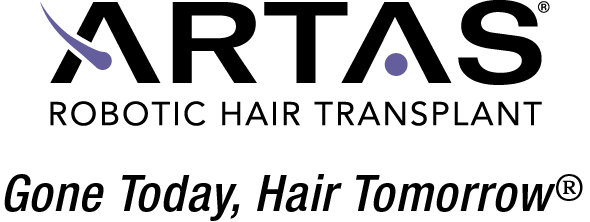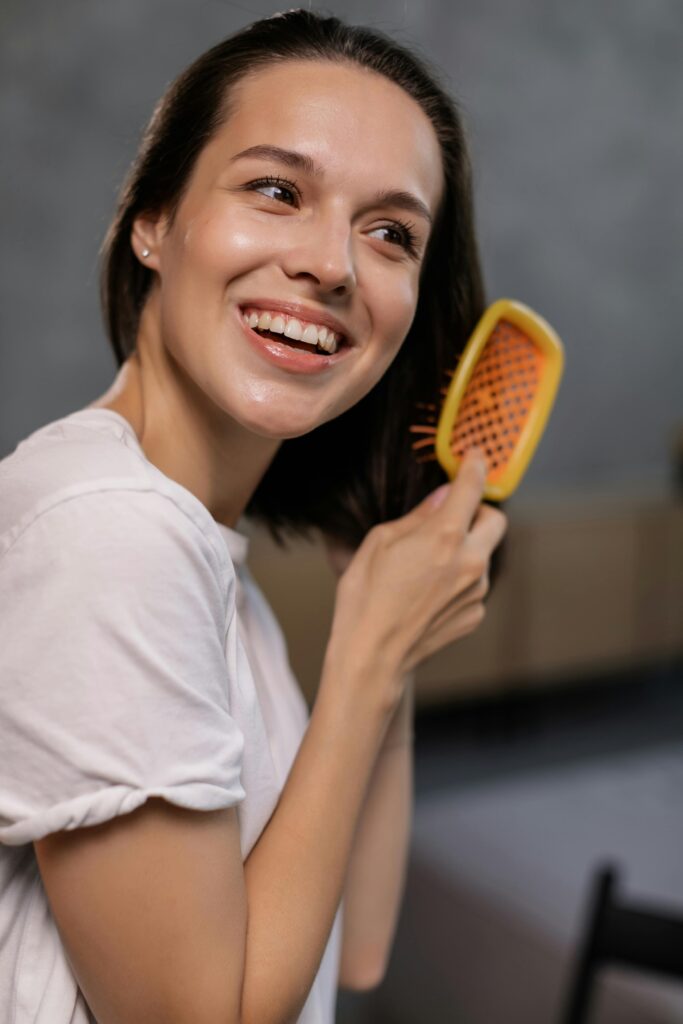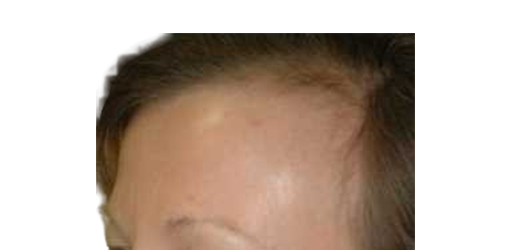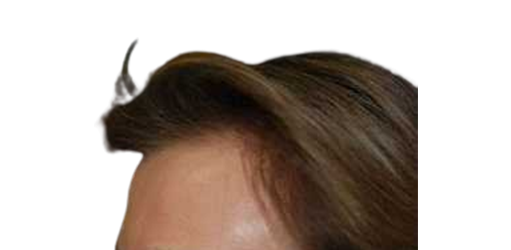Bay Area's #1 Hair Restoration Experts For Women
Don’t wait any longer. Regain fuller, thicker hair.
Get A Full Head Of Hair with ARTAS® Robotic Hair Transplant
- Minimally-Invasive
- Permanent
- Natural-Looking Results
- No Plugs
- No Linear Scar
- No Stitches
The ARTAS® Procedure enables hair restoration physicians to transplant hair without a linear scar. It’s made possible using advanced technology that selectively harvests hair directly from the scalp. You can get a permanent, fuller head of hair without a linear scar.
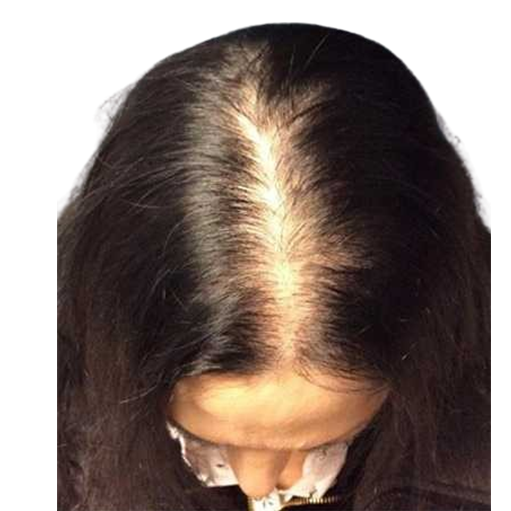
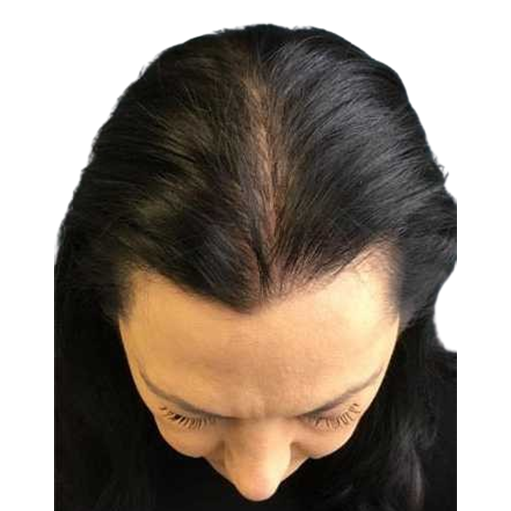
Number of Grafts: 1,900
Time Passed Between Photos: 9 Months
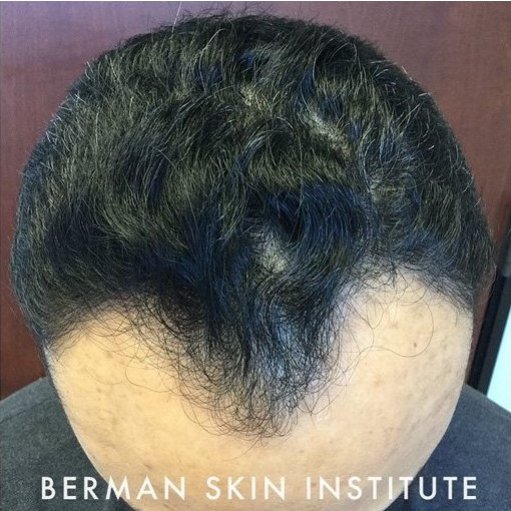
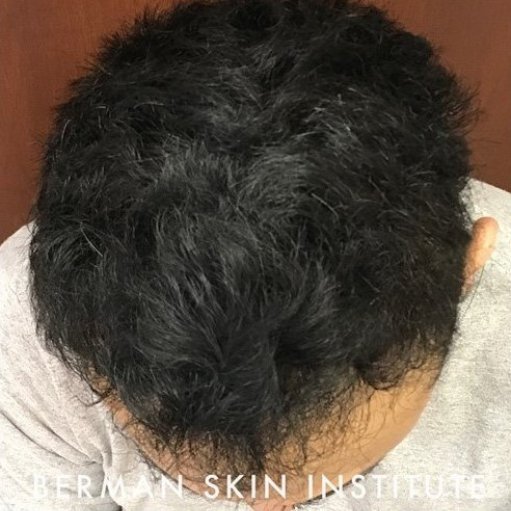
Number of Grafts: 2,502
Time Passed Between Photos: 9 Months
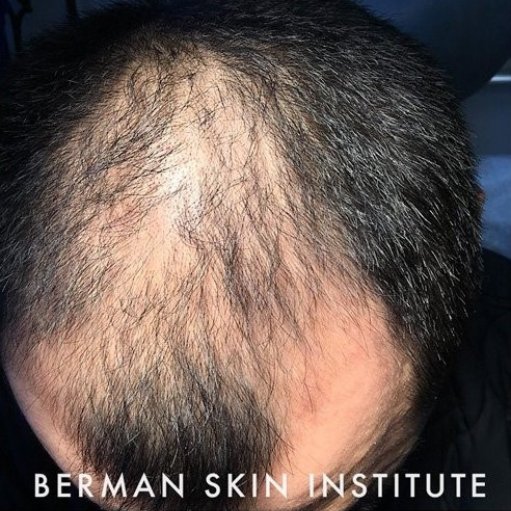
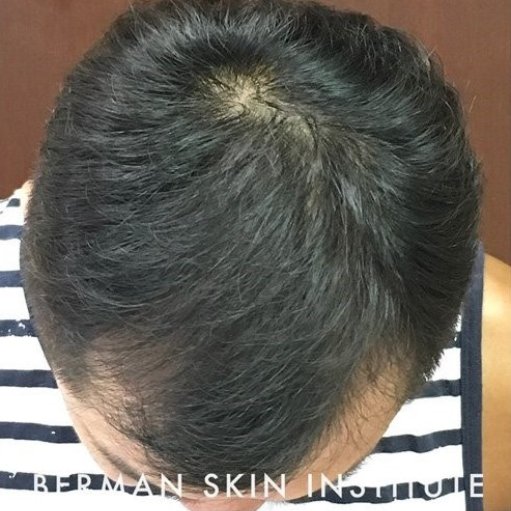
Number of Grafts: 2,813
Time Passed Between Photos: 6 Months
Benefits
- Reduced incidence of “shock loss” – see ARTAS Hair Studio. Shock loss can occur from manual creation of recipient site incisions on top of head. Robot reduces that risk.
- No linear incision
- No linear scar
- Increased accuracy of graft placement at proper angles and orientation
- Increased graft survival
- Increased accuracy of graft harvesting
- Faster healing time
- Expanding the donor area to include areas remote from the scalp, such as the chest or back
- Reduced duration of the procedure
- Reduced recovery time
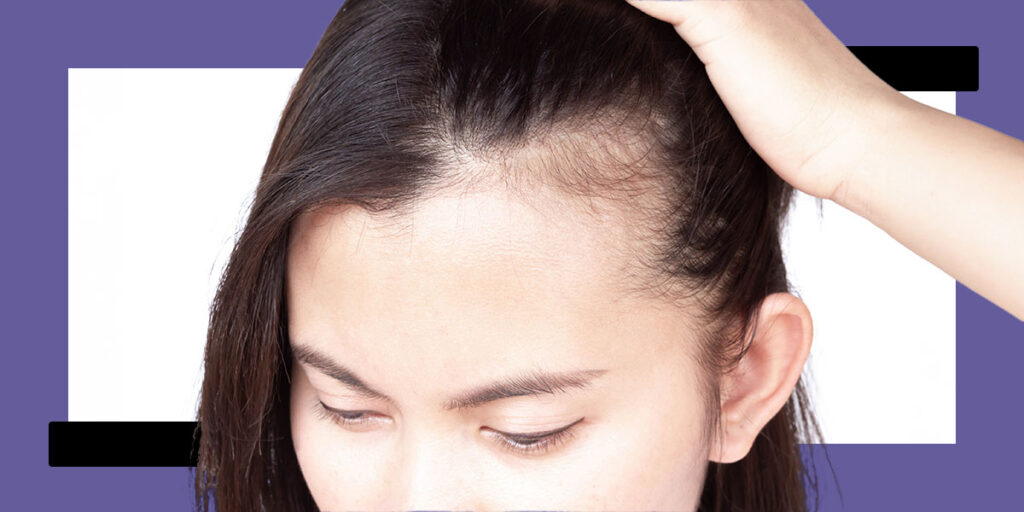

Women who are losing their hair often feel self-conscious, and it affects their overall mental health. Although many women feel apprehensive about seeking treatment due to self-consciousness, the number of women looking to treat their hair loss is gradually increasing.
Women seeking treatment want to feel comfortable with themselves. There are ways to treat hair loss in Palo Alto and beyond.
If a woman loses her hair, treatment will make it possible for her to feel confident again and give her a healthy sense of self-worth.
What Makes A Woman a Possible Candidate for Hair Transplant Surgery
There are some circumstances in which females might be a good candidate for this type of procedure and these include:
- A female’s hair loss is associated with traction or mechanical alopecia and is not hormonal.
- Women with baldness that is similar to male pattern baldness, such as vertex thinning or hairline recession.
- Women who are experiencing alopecia marginalis.
- Those who have had previous cosmetic surgery and are concerned about losing hair near their incision sites.
- Hair loss that is due to burns, accidents or other trauma
Now, just because you meet one of these criteria does not automatically mean that you will be able to undergo a hair transplant. If at least one of these apply to you, talk to a doctor who specializes in hair transplants so that they can fully evaluate your individual case
HOW DOES IT WORK?
Targeting Follicular Units: The medical staff sees a magnified stereo-view of the scalp. The software digitizes this view. Complex imaging algorithms compute angles, orientation, location of follicular units on the scalp as well as follicular unit type (1,2,3) – this is the basis for accurate targeting. Additionally, stereoscopic video images guide the movement of the needle mechanism and robotic arm. This function is known as visual serving.
Two punches, an inner and outer, arranged concentrically: The inner punch is sharp and has a 1mm internal diameter castellated edge that makes a shallow incision in the skin of 1-3mm. The outer punch is blunt, with an internal diameter of 1.37mm. The Outer punch enters the scalp through the incision made by the inner punch. It spins or oscillates into the scalp while bluntly dissecting 7-8mm into the skin around the follicle. Donor area hair is cropped to 1mm length. Lidocaine is injected into the skin of the scalp to numb the area. Tension is applied to scalp using a specially designed retractor. Patient is in the semi-prone position in our specialized chair. Camera system scans the patient’s scalp and identifies groups of 1-3 hairs (follicular units, FUs). System automatically targets FUs for harvesting based on medical staff input. The process is semi-automated: it can automatically target 5, 10, 15, or more follicular units sequentially; additionally, the system periodically prompts the medical staff user for input.

